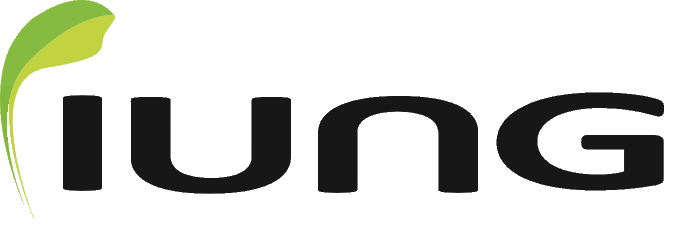Fertilisation is one of the essential yield-increasing factors and, at the same time, a cost-intensive treatment.
Therefore, fertilisers must be applied skillfully. Their application in the required quantity, at the right time and in the right way, ensures their good absorption by plants, determining the high efficiency and cost-effectiveness of fertilisation.
A high rate of absorption of components by plants reduces their losses from agriculture. It is a solid financial factor for farmers (loss of 1 kg of ingredient currently costs them over PLN 4). It is easy to calculate that at a nitrogen dose of 70 kg N/ha and the use of 50% (average values in Polish agriculture), the loss per 1 ha of agricultural land is 35 kg N/ha, i.e., around PLN 140 per 1 ha.
The dispersion of fertiliser components outside the agroecosystems of agricultural fields means not only financial losses incurred by farmers but also a threat to the natural environment, particularly the aquatic environment. Component losses cannot be eliminated entirely but can be significantly limited.
For this purpose, good practices – to which this site is dedicated – should be applied. They ensure cost-effective and environmentally-friendly fertiliser management.
On the website, you can find all the information on how to fertilise, fertilisers to be applied, their quantity, and when to fertilise to obtain good crop yield and not pollute the environment, and at the same time comply with the provisions of Polish law and international regulations.
